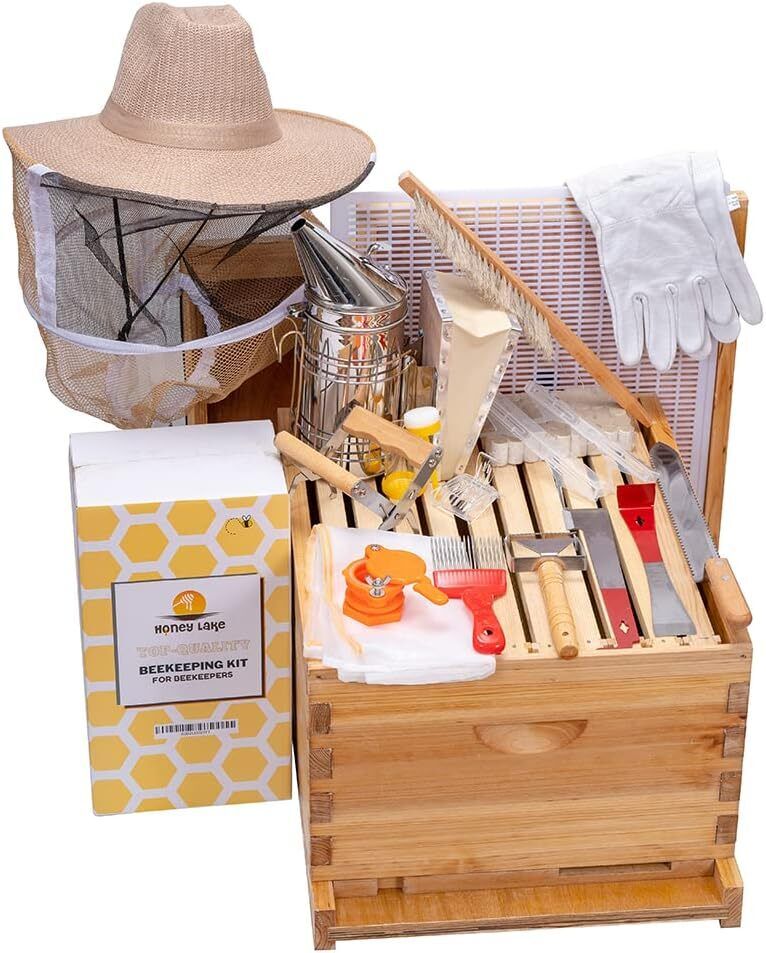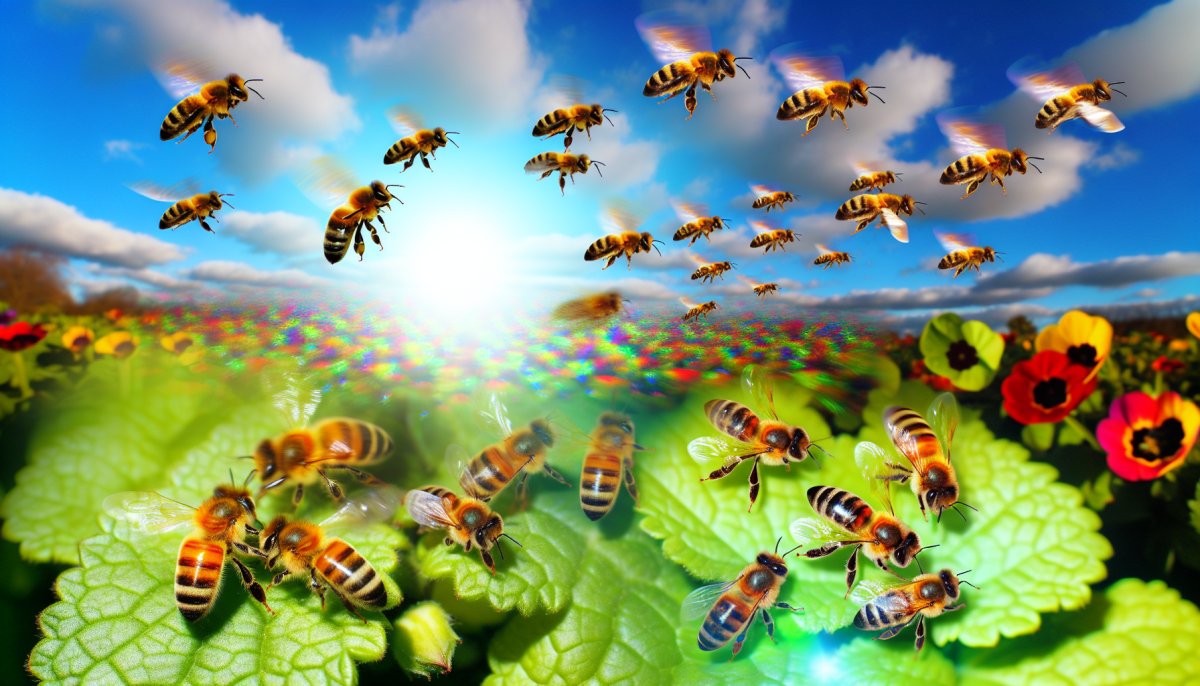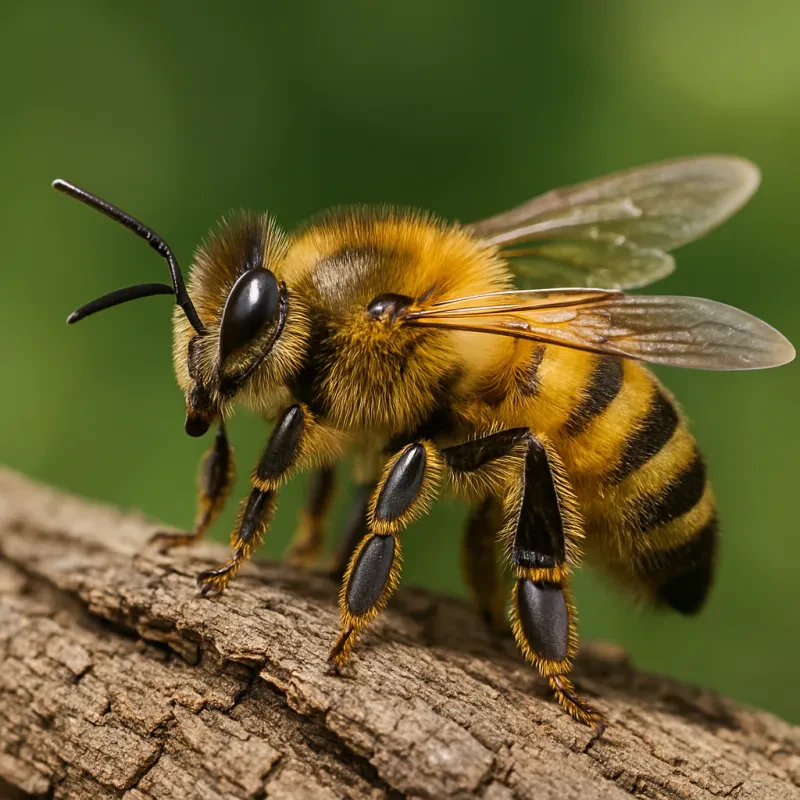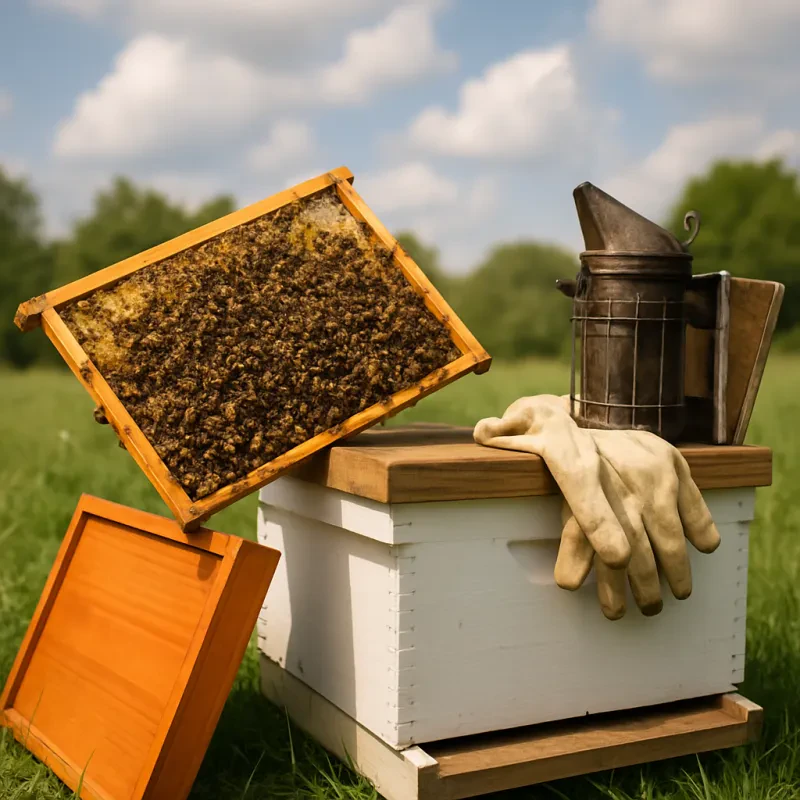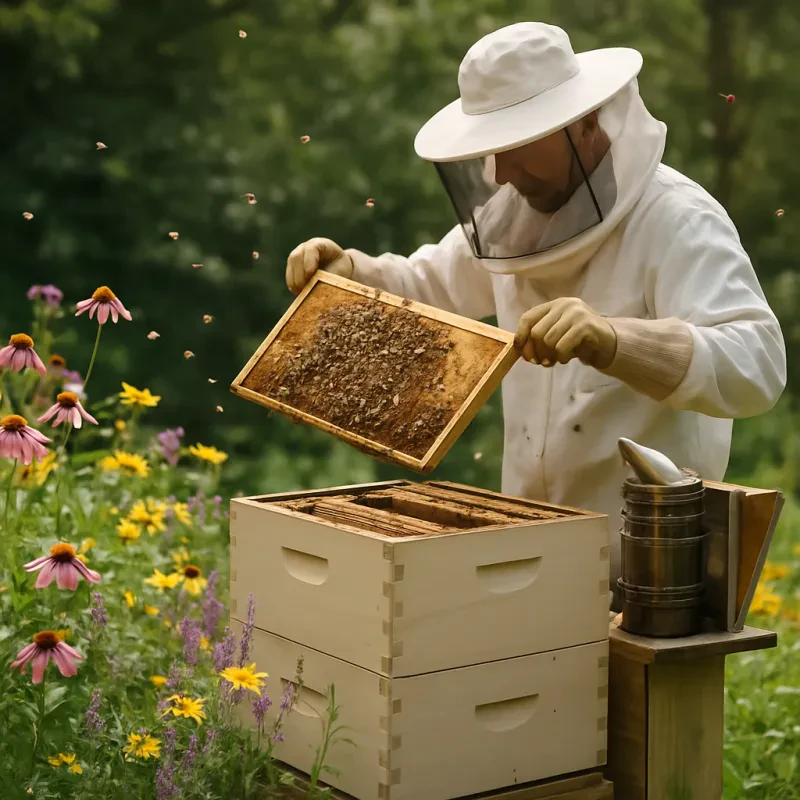Do Honey Bees Migrate? An In-Depth Exploration
In the intricate world of beekeeping and environmental science, the question of whether honey bees migrate has piqued the interest of many. Unlike birds or butterflies, honey bees have unique behaviors and survival strategies that can often be misunderstood as migration. This article delves deep into the world of honey bees, exploring their seasonal behaviors, the difference between migration and relocation, and how human activities influence their movement patterns.
Understanding Honey Bee Behavior
Seasonal Activities of Honey Bees
Honey bees, known scientifically as Apis mellifera, are highly social insects with a complex societal structure. Their activities vary significantly with the seasons. During spring and summer, bees are most active, gathering nectar and pollen, which they convert into honey, their food source for the colder months. As temperatures drop in autumn and winter, bees huddle together in their hives, forming a "winter cluster" to keep warm and survive on their stored honey.
The Misconception of Migration
Unlike migratory species that travel long distances seasonally to escape cold climates or find food, honey bees do not migrate in the traditional sense. Their survival strategy during the cold months involves staying inside their hive, conserving energy, and relying on their honey reserves. Therefore, the concept of migration doesn't exactly apply to honey bees, as they remain within their hive throughout the year, albeit with reduced outside activity in winter.
The Phenomenon of Bee Relocation
Swarming: A Natural Form of Relocation
Swarming is often mistaken for migration but is actually a natural form of colony reproduction. When a hive becomes too crowded, the colony splits, with a portion of the bees leaving with a new queen to form a new hive. This behavior, typically occurring in spring or early summer, is crucial for the survival and proliferation of honey bee populations.
Human-Induced Relocation
In commercial beekeeping, human-induced relocation is common. Beekeepers often transport hives across long distances to pollinate crops seasonally. This practice, while not natural migration, involves moving bees to areas where their pollination services are needed, sometimes across vast distances. This form of relocation is vital for agricultural production but has sparked debates about its impact on bee health and the spread of diseases.
The Impact of Climate Change on Honey Bee Movements
Shifting Habitats and Changing Seasons
Climate change poses a significant threat to honey bees, affecting their habitats and the timing of flowering plants they depend on. As temperatures rise and seasons shift, bees may be forced to adapt their foraging patterns and potentially move to higher altitudes or latitudes where conditions are more favorable for their survival and the availability of food sources.
Challenges in Adaptation
Adapting to rapid environmental changes is a considerable challenge for honey bees. Their dependence on specific flowering plants for nectar and pollen means any shift in the timing of plant blooming can disrupt their food supply. Moreover, extreme weather events, such as heatwaves and cold snaps, can further stress bee populations, making survival and adaptation even more difficult.
Conservation Efforts and the Future of Honey Bees
Promoting Bee-Friendly Environments
Conservation efforts are crucial to ensure the survival of honey bee populations. Creating bee-friendly environments, such as planting a variety of flowering plants that bloom at different times of the year, can provide continuous food sources for bees. Additionally, reducing pesticide use and supporting organic farming practices can help mitigate the risks bees face from chemical exposure.
The Role of Research and Technology
Ongoing research and technological advancements play a vital role in understanding honey bee behavior and developing strategies to protect them. From tracking bee movements with GPS technology to studying the genetic factors that influence their health and resilience, scientists are exploring innovative ways to ensure the survival of these essential pollinators.
While honey bees do not migrate in the traditional sense, their behaviors and movements are complex and influenced by a variety of factors, including environmental changes and human activities. Understanding the nuances of honey bee behavior is crucial for their conservation and the protection of the ecosystems they support through pollination. As climate change continues to pose challenges, concerted efforts in research, conservation, and sustainable practices will be essential to secure a future for honey bees and the vital roles they play in our world.
